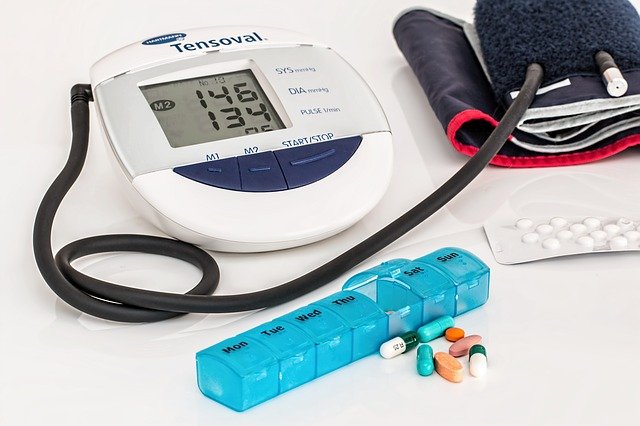May 3, 2022 — The worldwide outbreak of acute hepatitis in children totals nearly 200 cases in 16 countries.
The World Health Organization (WHO) has identified more than 20 severe cases in the United States, specifically in Alabama, Delaware, Illinois, New York, and North Carolina. In Wisconsin, one infant died of the disease. Of the worldwide cases, 17 have required a liver transplant.
While severe hepatitis with acute liver failure is rare in healthy children and the odds are greatly in your child’s favor should they get hepatitis, your best defense right now against the current, rare cases is information.
Understanding Hepatitis
Hepatitis is inflammation of the liver and can be caused by infection, autoimmune disorders, or medication.
“The condition that comes to mind for most people is hepatitis A, B, or C,” says Michael Klatte, MD, chief of the Division of Infectious Disease at Dayton Children’s Hospital in Ohio. “Those are specific viral infections that can cause hepatitis.”
Cases of hepatitis can have a variety of symptoms, including nausea, vomiting, belly pain, dark urine, yellow discoloration of the skin and/or eyes (jaundice), fever, and fatigue.
“Most of the children in the reported cases presented with gastrointestinal symptoms such as vomiting, diarrhea, and abdominal pain,” says Norberto Rodriguez-Baez, MD, a professor of pediatrics at the University of Texas Southwestern Medical Center and medical director of the hepatology program at Children’s Medical Center in Plano, TX.
“These symptoms were followed by development of jaundice,” he says. “Interestingly, fever was not described as a common symptom in these cases. In addition, all children were previously healthy.”
When children (or adults) come to the doctor with liver injury, hepatologists go to work to find the origin.
The liver specialists will test for infections, as well as genetic and autoimmune diseases, says Ryan Fischer, MD, chief of the Section of Hepatology & Transplantation at Children’s Mercy in Kansas City, MO. “We also ask about and send lab work to uncover potential toxins or medications that associate with liver injury. In some cases of severe hepatitis, we never find a cause.”
A Theory
With the current batch of hepatitis cases in children, researchers are working on a theory that the cause is adenovirus, which commonly circulates each spring through fall.
None of the usual viral culprits – hepatitis A, B, C, and E – have been found infecting the children in the current outbreak. Instead, doctors have found one type of adenovirus, type 41, in about half of the worldwide cases.
Adenoviruses spread by respiratory droplets, close personal contact, and via objects people touch, like utensils or furniture. More than 50 types of adenoviruses can infect people. The most common usually cause respiratory illnesses, but some also cause symptoms in the gut, which has been a theme in the cases leading to severe hepatitis.
“The true association between adenovirus infection and the cases of severe acute hepatitis in these children is currently under investigation,” says Rodriguez-Baez of UT Southwestern Medical Center.
There have been case reports previously of adenovirus type 41 causing hepatitis in immunocompromised children, but doctors haven’t seen it cause hepatitis in otherwise healthy children.
As the research continues, scientists are looking at other health issues as possible causes, including prior COVID infection.
In the U.S., none of the affected children had COVID-19 that they know of, says Rodriguez-Baez. Some patients in the U.K. had COVID, “but a true association between the virus and the acute hepatitis have not been established.”
The cases do not appear to be associated with COVID-19 vaccination, he said, since the children had not gotten those vaccines.
What Parents Should Know
Anytime an illness circulates that can lead to severe consequences in children, parents go on high alert.
While testing for some viruses is available, it’s not feasible to do widespread testing whenever a child gets ill. Even now, most doctors are only testing for adenovirus if a child is sick enough to be in the hospital.
“Severe hepatitis leading to liver failure is extremely rare,” says Klatte of Dayton Children’s Hospital. “A diagnosis of adenovirus shouldn’t make you reflexively worry it will lead to this rare complication.”
Treatment for adenovirus-associated hepatitis remains mostly supportive, says Fischer of Children’s Mercy.
“With time and attention to meeting the child’s needs (e.g., intravenous fluids if they’re dehydrated), recovery is common,” he says. “The liver is capable of complete healing, and we would not expect long-term effects after recovery.”
In cases of severe hepatitis, some medications may help, depending on the cause.
If treatment doesn’t help, “there are situations where liver transplant is needed to avoid death,” says Fischer. “Out of 500-600 liver transplants done in children each year in the United States, around 10% are done because of severe hepatitis leading to acute liver failure. We will need to see how these current cases affect those typical numbers. We haven’t seen enough data to know whether those numbers will change.”
“Parents should be aware of the symptoms and contact their primary care provider with questions or concerns,” says Rodriguez-Baez.

